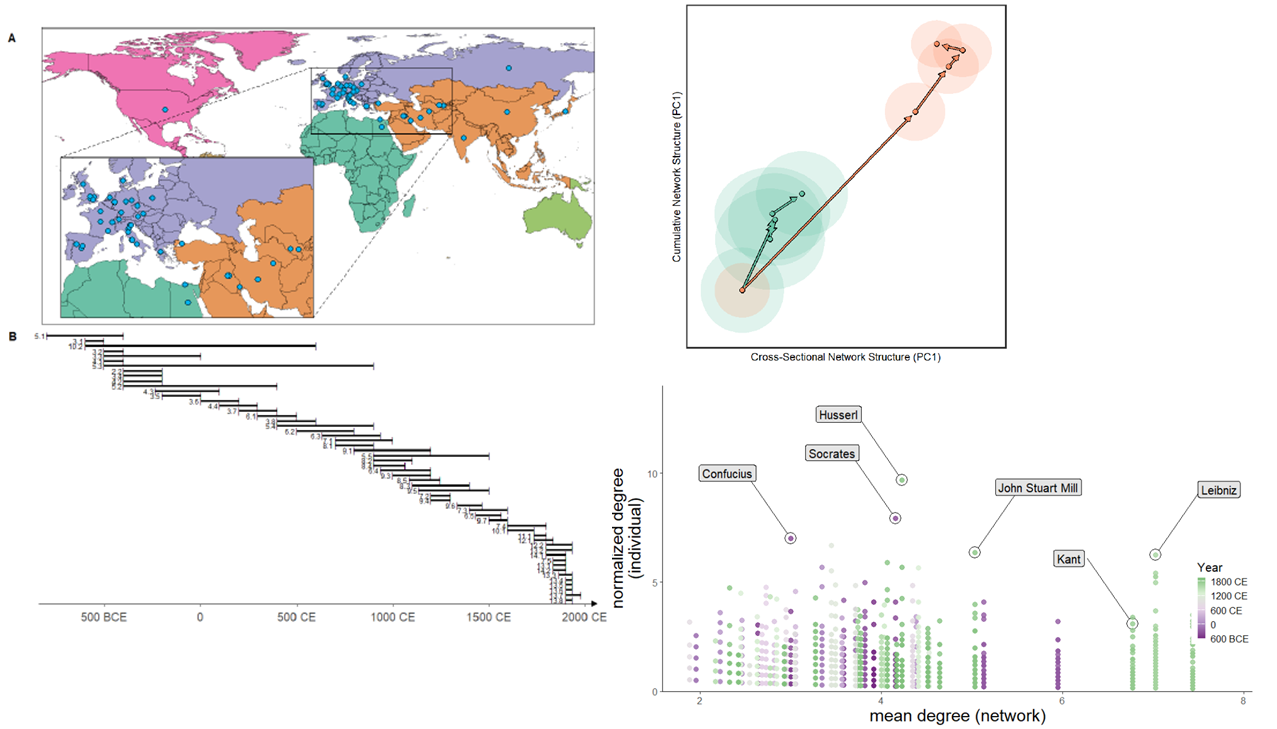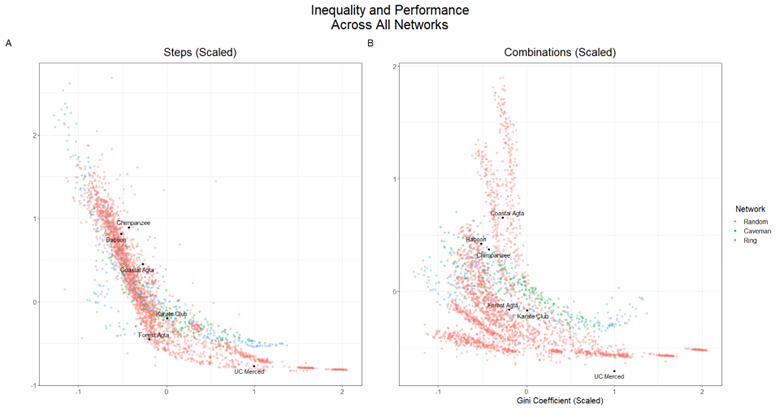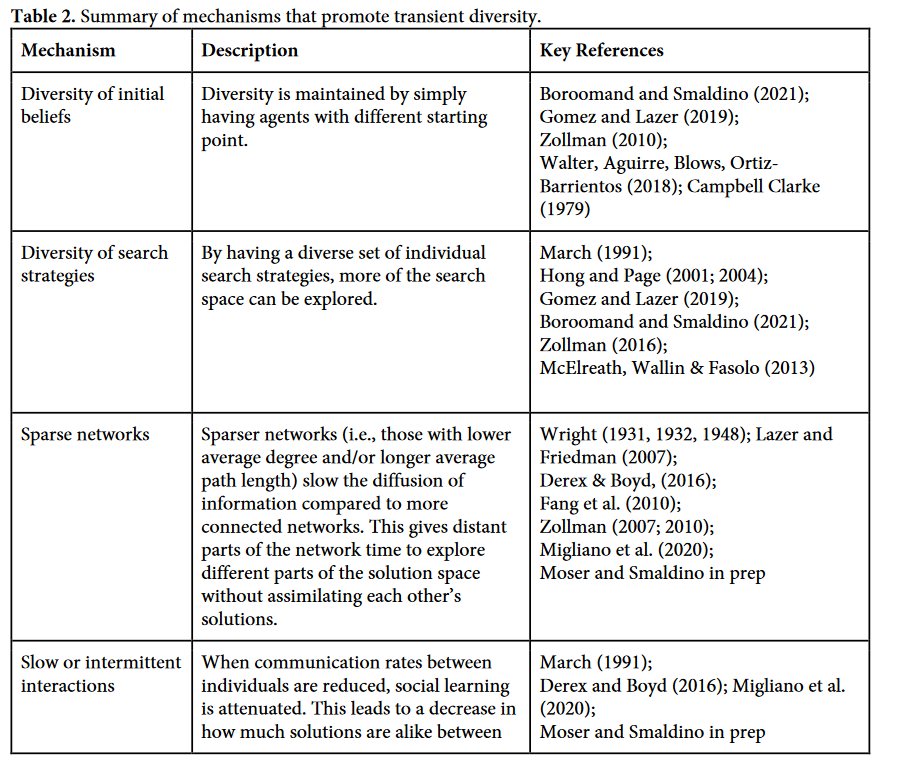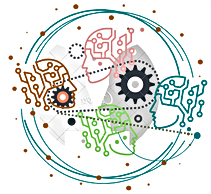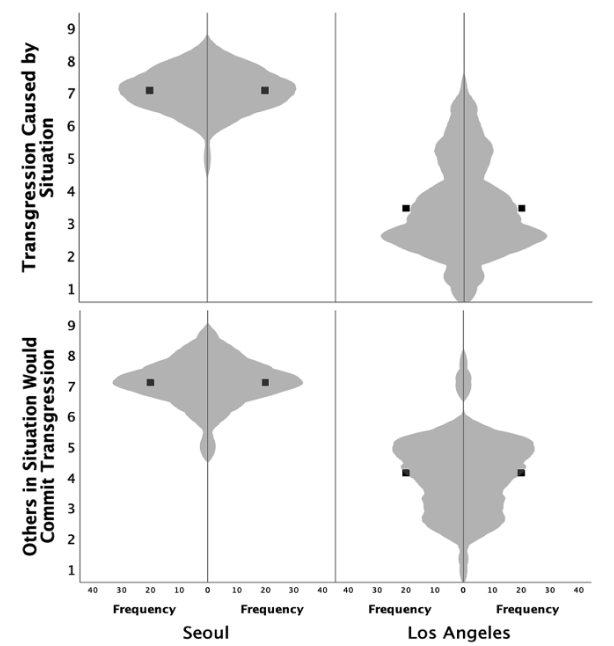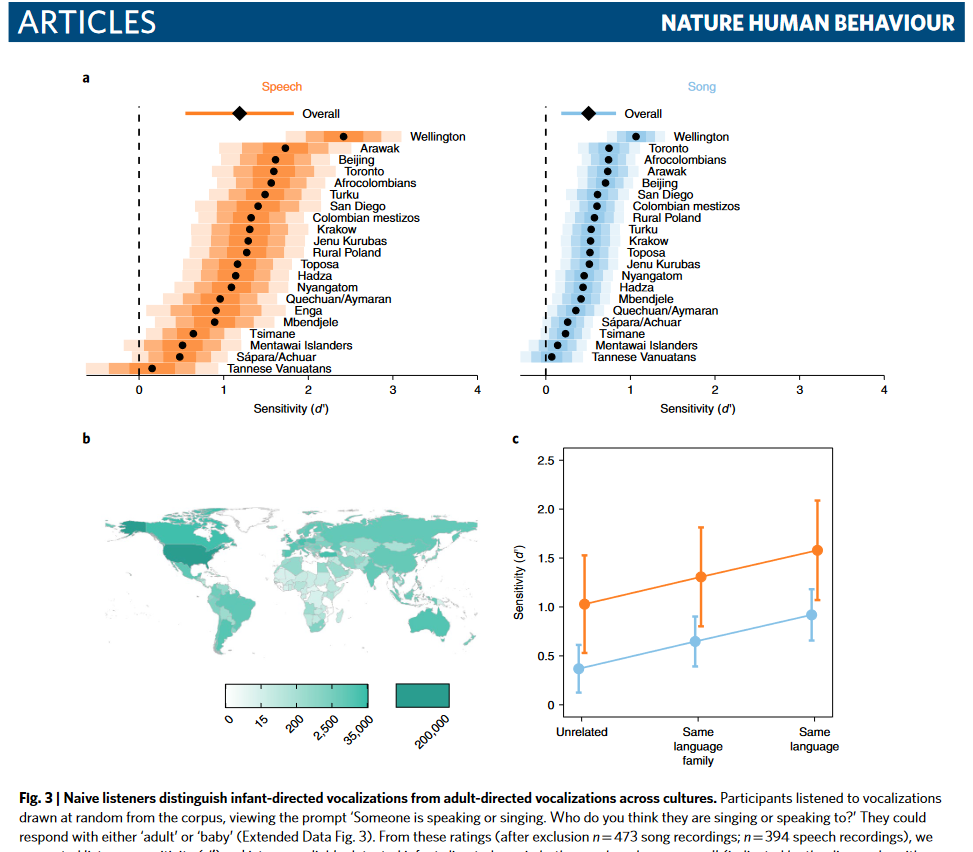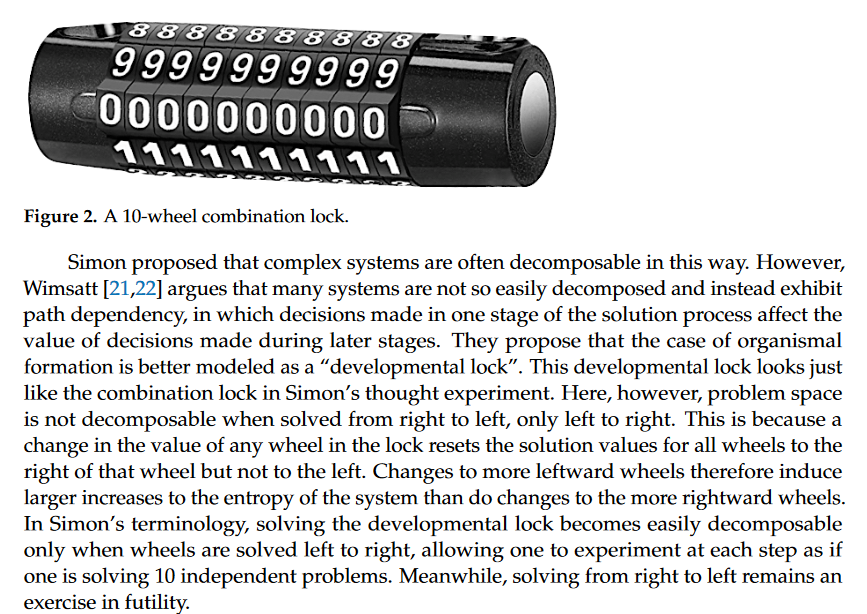Limit Cycles in Opinion Dynamic Networks with Competing Stubborn Agents
Submitted in 2025
The Counter-Optimal Stubborn Agent Placement (COSAP) problem concerns how competing agents attempt to position themselves within a network to maximize their influence over collective opinion dynamics. While prior work has primarily examined optimal placements in static or one-shot contexts, less is known about how opposing agents dynamically adjust their strategies in competitive environments. In this study, we model COSAP systems as a competitive diffusion process where two stubborn agents seek to influence a population through iterated network positioning. Simulations across networks of varying structure reveal that while agents generally race to occupy the most central node, networks with short path lengths create conditions in which neither agent can maintain an uncontested advantage. Instead, agents engage in adaptive cycles, repeatedly shifting positions in response to one other. These limit cycles vary in length and complexity depending on global network properties, with highly connected networks supporting persistent cycling and longer cycles, whereas networks with longer path lengths cause cycles to collapse into fixed points. These results underscore the importance of network structure in shaping influence dynamics and suggest that efforts to counter misinformation or manipulate opinion may grow more difficult in an increasingly connected world.

Recommended citation: Moser, C., & Smaldino, P.E. (2025). Limit Cycles in Opinion Dynamic Networks with Competing Stubborn Agents. https://osf.io/preprints/socarxiv/nqbdt_v1


